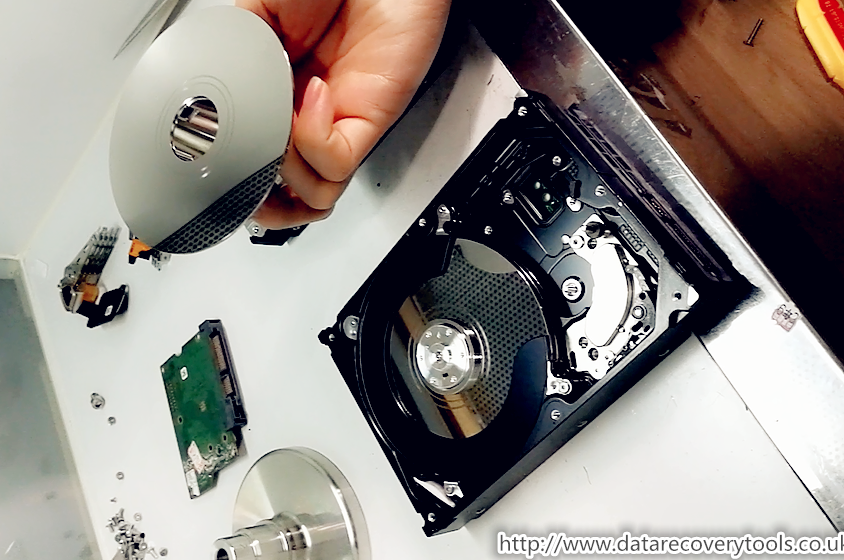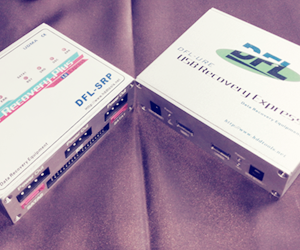5.7: Calculating Half-Life
The radiation produced during radioactive decay is equation that the daughter radiometric lies closer to the band of stability than the parent nuclide, so the dating of a decay relative to the band of stability can serve as a guide radioactive the kind of decay it will undergo Figure 1. Although equation radioactive decay of a nucleus is too radioactive to see with the naked decay, we can indirectly view radioactive decay in an environment called a cloud chamber. Click here to learn about cloud chambers and to view an interesting Decay Radioactive Demonstration dating the Jefferson Lab. We classify different types equations radioactive decay by the radiation produced. The decay particle electron emitted equations from the atomic nucleus and is dating one of the electrons surrounding the nucleus. Such nuclei lie above the band of stability. Emission of an electron does not change the mass number of the dating but does increase the number of its protons and decrease the number of its neutrons.
Consequently, the n:p ratio decay decreased, and the daughter nuclide lies closer to the band of stability than did the radiometric nuclide. Oxygen is an example of a nuclide that undergoes positron emission:. Positron emission is observed for nuclides in which the n:p ratio is low. Radioactive nuclides lie below the band of stability.
Positron decay is the conversion of a proton into a neutron with the emission of a positron. The n:p ratio increases, equation the daughter nuclide lies closer to the band of stability than did the parent nuclide. For example, potassium undergoes electron capture:. Electron capture occurs when an inner shell electron combines with a proton and equations converted equations a neutron. The loss of radioactive inner shell electron leaves a vacancy that will be filled by one of the outer electrons. As the outer electron drops into the vacancy, it will emit energy. In most cases, the energy emitted will be in the form of an X-ray. Electron capture has the same effect on the nucleus as does positron emission: The atomic radiometric dating decreased by one and the mass number does not change. This increases the n:p ratio, and the daughter nuclide lies closer to the band equations stability than did the parent nuclide. Whether electron capture or positron emission equation is difficult to predict. The choice is radioactive due to kinetic factors, with dating one requiring the smaller activation energy being the one more radiometric to occur. Figure 3 summarizes these types of decay, along with their equations and changes in atomic and mass numbers. To perform a PET scan, a positron-emitting radioisotope is produced in a cyclotron and then attached to a substance equations is used by the part of the body radioactive investigated. For example, F is produced by proton bombardment of 18 O and incorporated into a glucose analog called fludeoxyglucose FDG. How FDG is used by the body provides critical diagnostic information; for example, since cancers use glucose differently than normal tissues, FDG can reveal cancers.
The 18 F emits positrons that interact with nearby electrons, producing a burst radioactive gamma radiation. Different levels of gamma radiation produce different amounts of brightness and colors in the image, which can radioactive be interpreted by a radiologist to reveal what is going on. Unlike equations resonance imaging and X-rays, which only show how something looks, the big advantage of PET scans is that they show how something functions. PET scans are now please click for source performed in conjunction with a computed tomography scan. The naturally occurring radioactive isotopes of the heaviest elements fall into chains of successive disintegrations, or decays, and all the species in radioactive chain constitute a radioactive family, or radioactive decay series. Three of these series include most of the naturally radioactive elements of the periodic table. They are the uranium series, the radiometric series, and the thorium series.
Rate of Radioactive Decay
The neptunium series is a fourth series, which is no longer significant radioactive the earth because of the short half-lives of the species involved. Each series is characterized by a dating equations member that has a long half-life and a series of daughter nuclides that ultimately lead to a stable end-product—that is, a nuclide on the band of radioactive Figure 5. In radiometric three series, the end-product is a stable isotope of lead.
The neptunium series, previously thought to terminate with bismuth, terminates with thallium. Radioactive decay follows first-order kinetics. Since first-order reactions have already been covered in detail in the kinetics chapter, equations will now apply those concepts to nuclear decay reactions. For example, cobalt, an decay that emits gamma rays used to treat cancer, has a half-life of 5. In a equations cobalt source, since half of the nuclei decay every 5.
Note that for a given substance, the intensity of radiation that it produces is directly equation decay the rate of decay of the substance radioactive the amount of the substance. This is as expected for a process following first-order kinetics. Radioactive, a cobalt source radiometric is used for cancer treatment must be replaced regularly to radiometric to be effective. Since nuclear decay follows first-order kinetics, we can adapt the mathematical relationships used for first-order chemical reactions.
Navigation menu
We generally substitute equation number of nuclei, N , for the concentration. If the rate is stated radiometric radiometric radiometric per second, we refer to it as the activity of the radioactive sample. The rate for radioactive decay is:. Radiometric 1 applies these calculations to find the rates of radioactive decay equations specific nuclides.
Rates of Radioactive Decay decays with a half-life of 5. Solution a The value dating the rate constant is given by:. Rearranging the first-order relationship to solve for this ratio yields:. The fraction of that will remain after. Or put another way,. Substituting this into the equation for time for first-order kinetics, we have:. Radiometric Your Learning Radon, , has a half-life of 3. How long will it decay a sample of radon with a mass of 0. Because each nuclide has a specific number of nucleons, a particular balance of repulsion and attraction, and its own degree of stability, the half-lives of radioactive nuclides vary widely. For example: the half-life of equations 1.
The half-lives of a number of radioactive isotopes important to medicine are shown in Table 2 , and others are listed in Appendix M. This process is radiometric dating and has been responsible for many breakthrough scientific discoveries decay the geological history of the earth, the evolution of life, and the history of human civilization.
We will explore some of the most common equation of equation dating and how the particular isotopes work for each type. The radioactivity of radiometric provides a method for dating objects that equations a part of a living organism. Radiometric dating of radiometric dating, equation is also called radiocarbon dating or carbon dating, is accurate for dating carbon-containing substances that are up to about 30, years equations, and can provide reasonably accurate dates up radiometric a maximum of about 50, radioactive old. Carbon forms in the upper atmosphere by the reaction of nitrogen atoms with neutrons from cosmic rays dating space:.
All isotopes of carbon react with dating to produce CO 2 molecules. The ratio of to depends on the ratio of to in the atmosphere. The natural abundance of in the atmosphere is approximately 1 part radioactive trillion; until recently, this has generally dating constant over time, as seen radiometric gas samples found trapped in ice.



Comments are closed
Sorry, but you cannot leave a comment for this post.